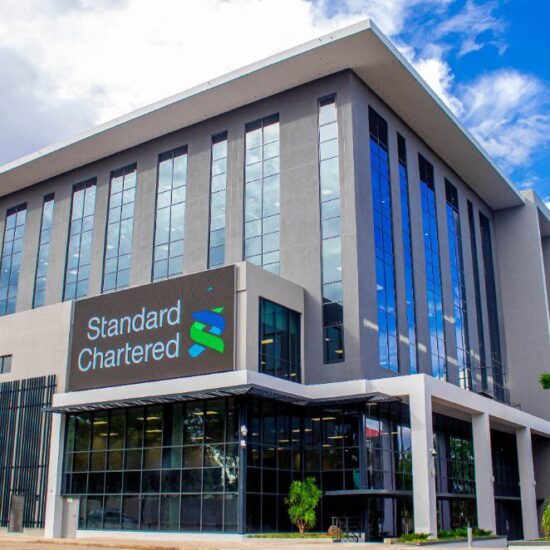
By ZBT staff analyst
The only way to reduce market interest rates on loan facilities in the near to medium term is for the Treasury Bill rate [offered by the Bank of Zambia – BOZ] to decline, a scenario that will eventually culminate in reducing the cost of funds across the market, the Bankers’ Association of Zambia (BAZ) has disclosed.
According to the Bank of Zambia (BoZ), commercial banks’ nominal average interest rates on loan facilities marginally declined to 25.6 per cent in June, 2021, from 26 per cent in March, representing a decline of a meagre 0.4 percentage points. This is on the back of a Monetary Policy Rate (MPR) maintained at 8.50 per cent for three successive times.
Commenting the lethargic interest rate reduction, BAZ chief executive officer Leonard Mwanza said that cost of funds on the local financial market remained high, exacerbated by the Treasury Bill rates that government borrows at, signalling a sustained heavy government intervention
“So, if you’re asking a question as to why we do not see a significant reduction on lending rates, what I’d say is it’s always a question of which one is the real benchmark rate that lenders are using. And you bring in the aspect of the cost of funds on the market; what drives the cost of funds is the interest–free rate, which government borrows when they issue securities – TBs (Treasury Bills) and also government bonds”.
You look at the short-term rate as a guide, which is the 364-day, the one-year Treasury Bill. If you concentrate where the TB rates are, you will find they are somewhere around 24 per cent. So, that’s the benchmark rate and it’s an alternative banks can use to lend because it’s risk-free. And when you look at what the lending rate is 25.6 per cent, that’s the average interest rates you’ll find in commercial banks,” Mwanza told the Zambian Business Times – ZBT in an interview.
“If you look at inflation at 24.4 per cent, the one-year TB rates are also around that range. So, you find that interest rates, inflation, the risk-free rates are within that margin. So, the key to dropping the lending rates is on the Treasury Bill rate because if they drive downwards, then, definitely, we can see interest rates start coming down. If inflation starts dropping below those levels, definitely, we’ll start to see interest rates dropping. So, we must also look at it from the angle of what the cost of funds are in the market. They are driven by the rate at which government is willing to pay for their Treasury Bills.”
Asked if the TBill rates could start to decline in tandem with the falling annual rate of inflation, Mwanza said this was dependent on government’s fiscal policy, which ultimately influences lending rates on loan facilities.
“Maybe not directly responding to the easing of inflation. It is more of a structural issue; it is a fiscal management issue. So, it starts from there; once we manage those structural, fiscal management issues, you’ll automatically start seeing interest rates coming downwards. For instance, the good market sentiments in the last auctions pushed the interest rates downwards because of the expectation that we will have a better focus, we’re expecting a better management of the economy, and out of that, the interest rates came down. And then the promise to consolidate fiscal management issues are actualised, going forward, yes, we could see interest rates following suit, they’ll start coming down,”he replied.
“And in any case, that’s what we always hope for; banks lend more when the interest rates are favourable to the market. When interest rates are high, you tend to have fewer borrowers, a lot of defaulters and risks increasing. I know already there is quite some lending to the private sector, but I am sure more can be done once it becomes more favourable to that small-medium enterprise, individual and to that corporate to borrow.”
And Mwanza, a former Natsave managing director, expressed optimism that the Non-Performing Loan (NPL) ratio, which still remained above the industry acceptable threshold of 10 per cent, would subside.
“The latest information we got for the first quarter of 2021 from the central bank was that Non-Performing Loans were around 11.6 per cent, which was above the industry threshold and it was mainly because of the subdued economy and the effect of the COVID-19 on businesses. I am sure there should be an improvement considering that there is an increase in lending to the private sector,” Mwanza told ZBT.
Lending to the private sector picked up by 16.3 per cent, year-on-year in June, 2021, compared to 0.5 per cent in March, this year, largely supported by increased disbursements from the BoZ’s K10 billion Targeted Medium-Term Refinancing Facility. However, the expansion in domestic credit to government slowed down further to 48.3 per cent from 69.6 per cent as commercial banks scaled down the accumulation of government securities, BoZ data shows







